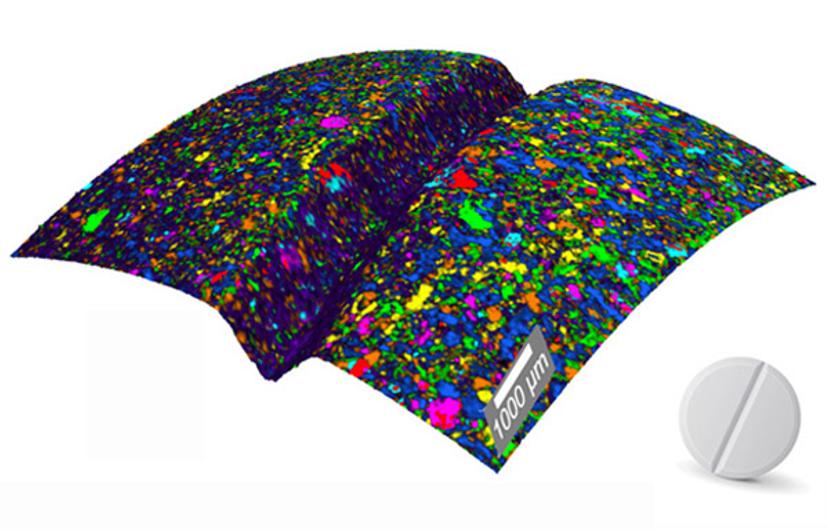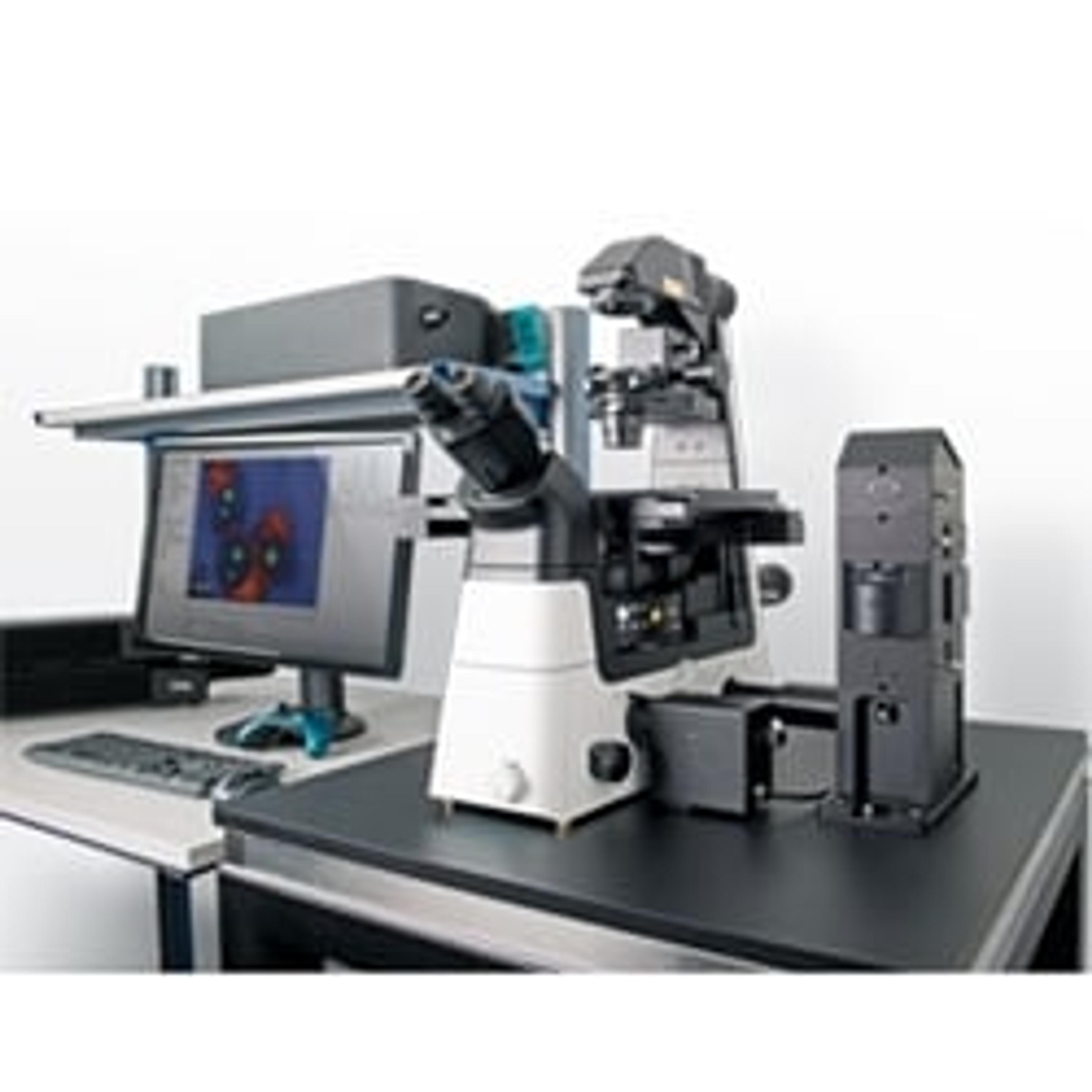Watch on Demand: Raman Microscopy from Every Angle - Variations of 3D Chemical Imaging for Life Sciences and Pharmaceutics
A masterclass in the fundamentals of Raman microscopy and variations of 3D chemical imaging for life sciences and pharmaceutical applications
20 Nov 2018
Raman microscopy couples a Raman spectrometer to a standard optical microscope, enabling high-magnification visualization of a sample and Raman analysis with a microscopic laser spot. 3D confocal Raman imaging is a powerful, versatile and increasingly common technique, capable of quickly providing information about the dimensions of objects or the distribution of a certain compound throughout the sample. This nondestructive and label-free method has enormous potential for researchers in life sciences, food science and pharmaceuticals, among many others.
In a recent SelectScience® webinar, Dr. David Steinmetz, director of applications & support at WITec GmbH, introduces the fundamental principles of the Raman effect and discusses the use of 2D and 3D confocal Raman imaging, as well as further correlative techniques and their applications.
If you missed the live webinar, you can now watch it on demand. Read on for highlights from the webinar’s live question and answers session.
Watch Webinar NowSS: You claim that diffraction-limited resolution and very high measurement speed can be achieved simultaneously. How is that possible?
DS: For a diffraction-limited resolution, you have to work with collimated beams and diffraction-limited spots everywhere in the instrument. For high measurement speed, you need all components in the instrument to be very efficient. The key features are fiber coupled excitation lasers, the latest technology for spectrometer fibers and highly efficient spectrometers.

SS: How deep can you go into the sample during a 3D scan of the sample? Does it depend on the nature of the sample — whether it's a cell, or a polymer, or an inorganic material?
DS: The depth you can reach in a sample is only limited by the working distance of the objective if the sample is transparent. If the sample is non-transparent, it is limited by the penetration depth of the excitation source into the sample. This depends on the sample itself and the excitation wavelength that is used. For instance, if a silicon sample is investigated, the penetration depth, when using an excitation wavelength of 355 nanometers, is far below 1 micrometer. If using 1,064 nanometers, the penetration depth is much bigger than 10 micrometers. It all depends on the transparency of the sample.
SS: Which of the techniques presented can be used in liquids?
DS: Using Raman imaging in liquids is absolutely no problem. Even the combination with TrueSurface is possible, which means even rough or inclined samples can be investigated in liquids while regarding the sample topography. Using an appropriate dipping objective, also combined Raman and AFM measurements can be done in water.
SS: Is using IR modules better or worse than standard light microscopy?
DS: This depends on the question you want to answer concerning the sample you are investigating. IR compared to visible light, means that you tend to have lower fluorescence, so if you have problems with fluorescence in the visible range, you can switch to IR excitation wavelength. IR also has a higher penetration depth with regards to 3D measurements. In the end, it depends on the sample and what the goal of your analysis is.
SS: Is it possible to analyze ballpoint pen ink, laser toner, inkjet inks and their interceptions?
DS: It’s possible to analyze these samples at low resolution but, due to the absorption of these samples, you get strong heating effects which require low integration, low excitation and high integration times – making imaging impossible. This is a general property of the sample and is not system-specific.

SS: How critical is the temperature oscillation for a long measurement?
DS: In general, if you look at the pure Raman instrument alone, it can be a problem. If you have a high resolution and you have high-temperature changes, the microscope might lose focus on the sample – the sample surface will not be at the position of the microscope’s focus.
However, there are some possibilities for leveling out this issue. The first solution, TrueSurface, involves the surface itself – it works in a closed loop, which means it also reacts on drifts caused by temperature changes. The second way of dealing with this is with a software solution which helps to remove the effects caused by long-time drifts. Such features are included as standard components in the WITec software tools.
SS: Raman seems to become more and more popular in life sciences. What is the main reason for that?
DS: I think this is mainly due to the fact that Raman, first of all, is a non-destructive technique and, secondly, does not require any labels for generating images of the distribution of compounds throughout the sample. With this said, Raman imaging is very useful and effective for many kinds of characterization tasks and it can be easily used for live-cell imaging, tissue imaging, biomedical or pharmaceutical research. To meet the increasing demand for these kind of requirements, WITec has just released the alpha300 Ri inverted Raman microscope.
Find out more on this topic by watching the full webinar on demand>>
SelectScience runs 3-4 webinars a month across various scientific topics, discover more of our upcoming webinars>>

